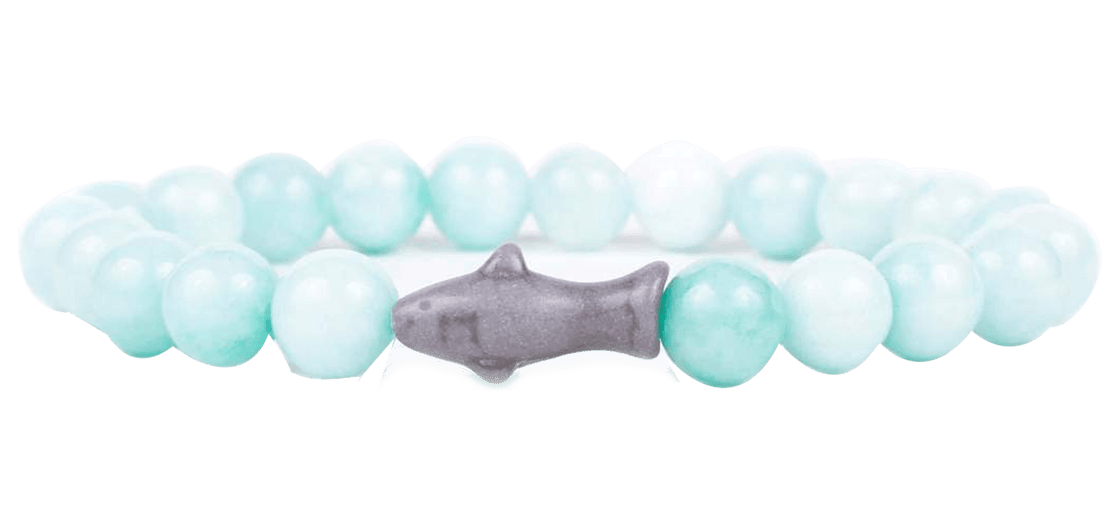









Each Bracelet Comes With
a Real Shark to Track
Each Bracelet Comes
With a Real Shark To
Track

Meet your shark and learn their story

Reveal exclusive stats, photos, and updates along the way

Follow their voyage on a 3D map

In partnership with Saving The Blue

Made in partnership with Saving the Blue, who aims to recover and restore a variety of threatened marine species, including sharks, while connecting people to ocean wildlife.
One small bracelet.
One big mission.

Common Questions











 This animal’s safety guarded with the Fahlo Protection Ping™
This animal’s safety guarded with the Fahlo Protection Ping™ If you add 3 or more, you get free shipping!
If you add 3 or more, you get free shipping! Fahlo donates 10% of all profits to our nonprofit partners
Fahlo donates 10% of all profits to our nonprofit partners Sizing: Elastic, one size fits most
Sizing: Elastic, one size fits most SSL Secure Checkout
SSL Secure Checkout Worldwide Shipping
Worldwide Shipping Dedicated Customer Service
Dedicated Customer Service 100% Happiness Guarantee
100% Happiness Guarantee